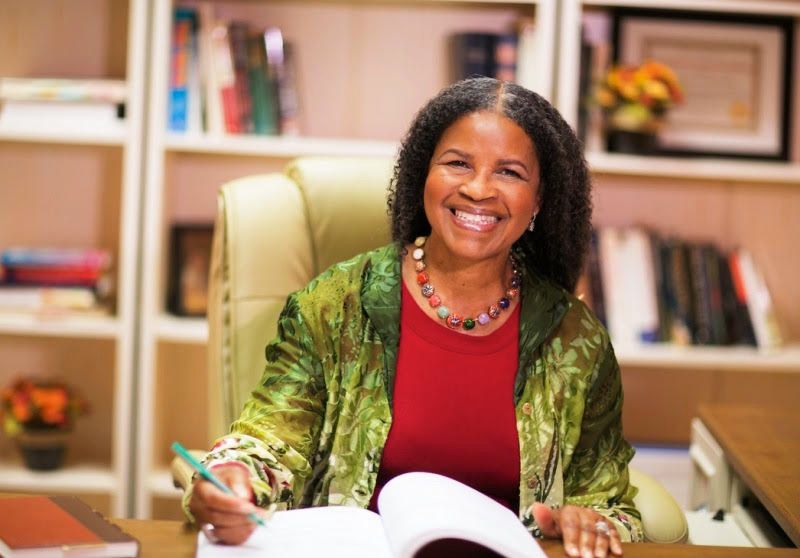
October 31 st: Every year people, adults and children become really excited about Halloween! Why? Seems like it gives grownups an opportunity to act unlike themselves. But, in many instances, grown ups act like themselves, which may not be pleasant. It gives children an opportunity to dress up in costumes and act out in ways they might not ordinarily act out. Fortunately, not all parents allow their young ones to dress up in ghoulish, grotesque outfits. I was in Rite Aid or some other pharmacy store and this child was begging her father to buy a witch that waved. The child was insistent. And here I am so insistent against it, I said to the father very quietly, “Don’t buy that.” It seemed he was so glad there was someone right there to support him because he really didn’t want to give in and buy it. He gained enough resistance and got the child by the hand and said, “I’m not going to buy it.” Wow! Was I relieved! But, what about all the other children whose parents do not put boundaries on what they are wearing, where they are going and who’s doors they are knocking on. Do you remember the “trick” where really mean people were putting razor blades in apples! How absolutely terrible! What is Halloween anyway? Here’s some history. It originated with the ancient Celtic festival of Samhain, when people would light bonfires and wear costumes to ward off ghosts. … The evening before was known as All Hallows Eve, and later Halloween. Halloween is an annual holiday celebrated each year on October 31. In the eighth century, Pope Gregory III designated November 1 as a time to honor all saints. Soon, All Saints Day incorporated some of the traditions of Samhain. The evening before was known as All Hallows Eve, and later Halloween. Over time, Halloween evolved into a day of activities like trick-or-treating, carving jack-o-lanterns, festive gatherings, donning costumes and eating treats. Unfortunately something starts out for the good, but there are others who want to turn it into not so good. Let’s make the best of it! Americans spend an estimated $6 billion annually on Halloween, making it the country’s second largest commercial holiday after Christmas. Borrowing from European traditions, Americans began to dress up in costumes and go house to house asking for food or money, a practice that eventually became today’s “trick-or-treat” tradition. Young women believed that on Halloween they could divine the name or appearance of their future husband by doing tricks with yarn, apple parings or mirrors. In the late 1800s, there was a move in America to mold Halloween into a holiday more about community and neighborly get-togethers than about ghosts, pranks and witchcraft. At the turn of the century, Halloween parties for both children and adults became the most common way to celebrate the day. Parties focused on games, foods of the season and festive costumes. Parents are encouraged by newspapers and community leaders to take anything “frightening” or “grotesque” out of Halloween celebrations. Because of these efforts, Halloween lost most of its superstitious and religious overtones by the beginning of the twentieth century. But, it is still popular. Thanks for reading!
Ask Dr. Jeanette™ (Founder/Superintendent Today’s Fresh Start Charter School. © Inquiring Minds Want To Know.(c) All rights reserved:Ref:History.com Editors:Halloween2019 https://www.history.com/topics/halloween/history-of-halloween11/18/2009




